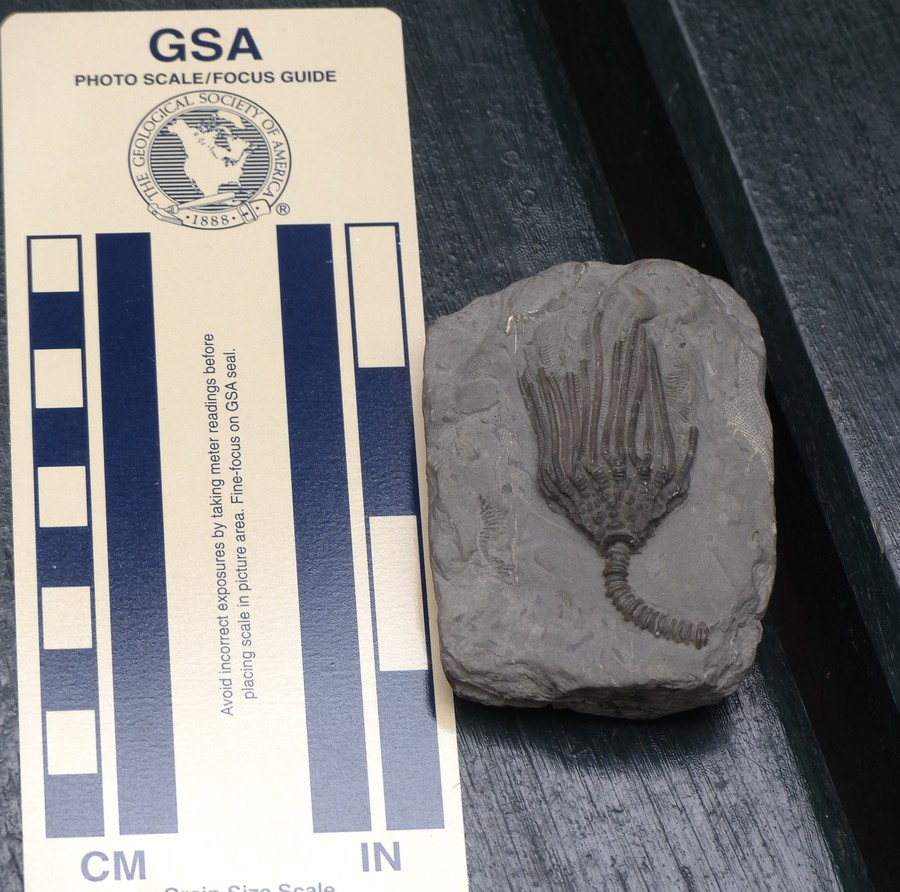Manhattan reveals its geological secrets
Second part of two columns
Last week, I shared a trip to discover the rocks hiding in New York City with Howard R. Feldman’s elective paleobiology class from Touro College.
We visited places like the Pierre Hotel, the Sherry Netherland Hotel and even Tiffany’s, and this week we continue that trip.
St. Patrick’s Cathedral is between 50th and 51st streets. We were not looking for fossils there, but rather we were examining the marble paneling around the doors.
This particular marble is known as the Cambrian-Ordovician Inwood Marble — also known as Tuckahoe Marble — and underlies many of the valleys in Westchester.
This period when this material was deposited ran from approximately 500 million years ago to 460 million years ago. An ocean covered the area in question then, and the remains of shelled animals formed a significant deposit on the seafloor.
Later there was a collision of tectonic plates that buried this area and subjected the limestone to tremendous pressures, tuning the limestone into marble.
Saks Fifth Avenue at 50th Street also is the home of two types of coral fossils: solitary and colonial corals — those that form group structures. Known as cnidarians, they are members of the radiata, which unsurprisingly, generally have a radial body plan.
The name “cnidarian” comes from the Greek cnidos, meaning “stinging nettle andrefers” to the cnidocysts that contain the stinging organelles called “nematocysts” that allow these animals to subdue their prey. This phylum also contains sea anemones, jellyfish and sea fans. They are certainly part of the chain of life for the last 500 million years with some evidence pointing to 700 million years ago.
The solitary coral fossils are round and you can easily see the internal structure. The colonial corals look more like a tight grouping of dots.
Who knew that there was an inside passage at 15 W. 44th St., that created an arcade running through to 45th Street? The limestone stone façade of the passageway is filled with brachiopods and a few crinoids. The brachiopods here, however, have more internal definition than those we saw at the Pierre Hotel.
A structure called the crura of the animals can be seen. This is an internal skeletal structure that supports the lophophore — essentially a ring of ciliated tentacles that surround the animal’s mouth and sweep food inside.
In addition, we can see the dental plates of one of the brachiopods. These are internal plates that support the teeth in the pedicle valve. The pedical, a fleshy stalk, supports some brachiopods as they grow upright from the seafloor.
Finally we turned into 42nd Street going east. On the south side is the Chase bank. We were challenged to find something unusual on the façade, and I spotted a bright golden sparkle that turned out to be iron pyrite — fool’s gold.
Just a bit ironic!
Our tour was coming to an end as we entered Grand Central Terminal. The sloped flooring seemed unremarkable, but it turned out be travertine limestone. This is the common pitted material used precisely because it is not smooth and therefore gives better traction when there is rain or snow outdoors and walkway conditions are dangerously wet.
It comes from the Later Tertiary Period — about 20 million years ago.
This type of limestone is the result of deposition of calcium from concentrated calcium solutions at hot springs such as those found in Yellowstone. The pitting may be the result of deposition around plant roots that eventually disappear from the stone leaving the empty pits behind.
Further inside the station we saw styolites. These look like jagged, dark zigzag lines running through a lighter, more homogenous stone. These lines are due to pressure; material is dissolved and squeezed out of the original stone and replaced by less soluble materials like clay minerals or quartz residue.
Finally there is a small brown rectangle high on the ceiling, which is of completely contemporary origin.
The interior of the terminal was cleaned a few years ago and it was determined the dark color was the result of cigarette smoke accumulation over the years. It is now an object health lesson.
Fossils then can tell us so much about the environment in which they are formed. Almost everything seen on this tour happened in watery (marine) environments.
Based partially on the characteristics of modern members of the same phyla, it is possible to glean geological insight. We can infer the type of water, how deep it was, which direction represents the surface, and undoubtedly many other bits of information with which I am still unacquainted.
I rarely go into Manhattan to shop, but from now on Midtown is going to represent primarily a geological opportunity for me.






